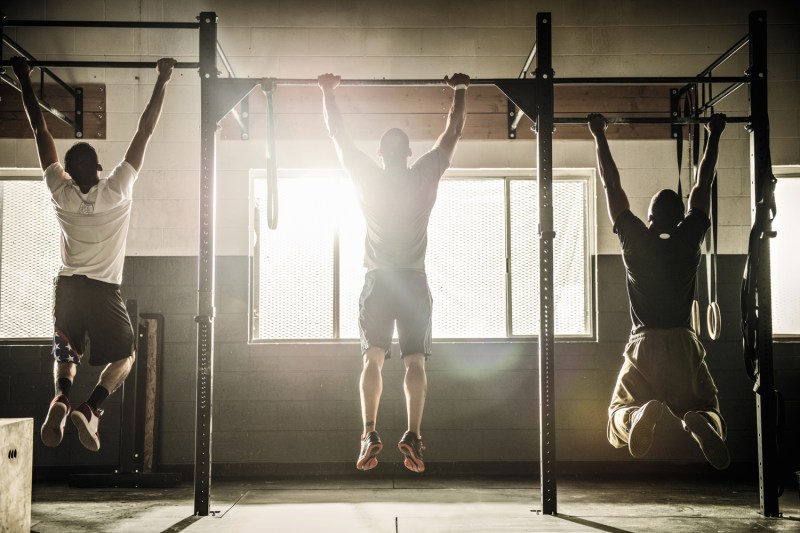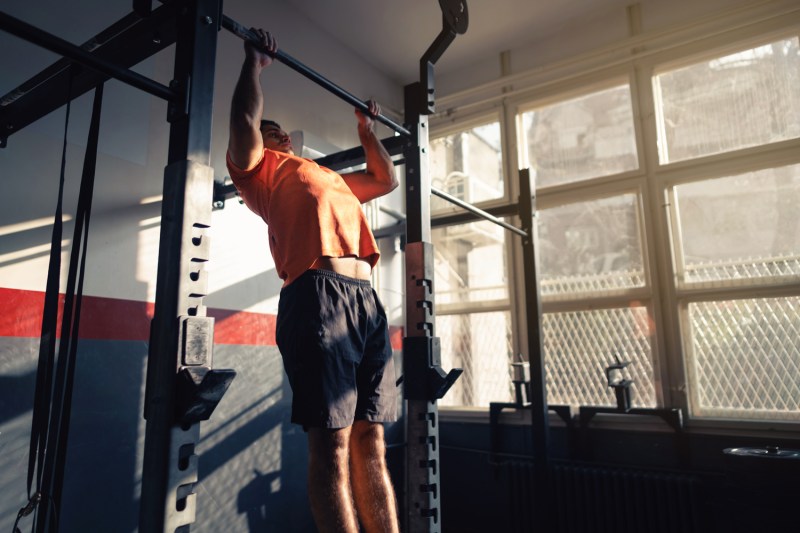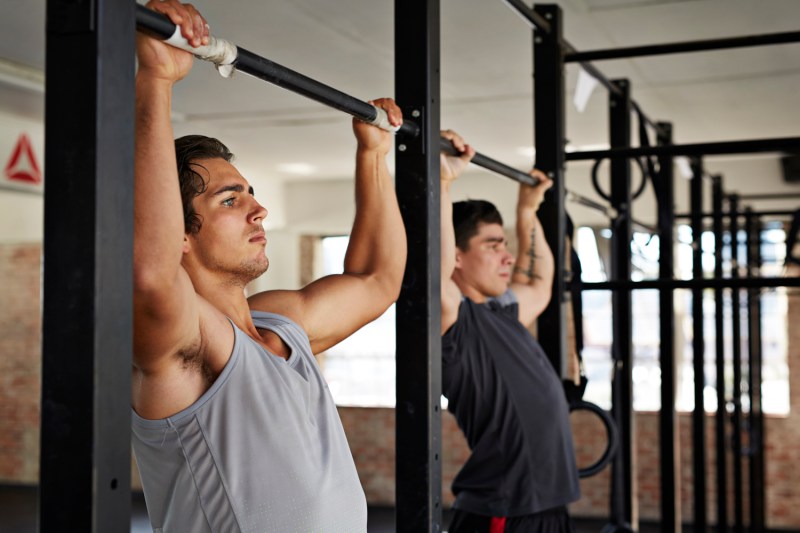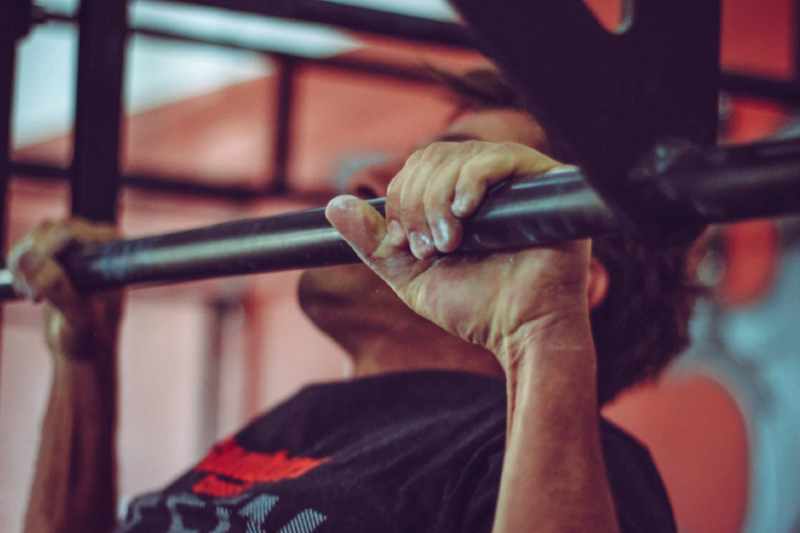There are certain fitness milestones or athletic feats that constantly rank highly on almost every man’s list of athletic goals. Touching the rim, running a 5k, bench pressing your weight, and getting six-pack abs are all popular bucket list fitness goals. Another impressive and common goal among men is mastering pull-ups. A pull-up is a challenging bodyweight exercise, which is part of its allure; it’s also highly effective for strengthening your entire upper body and core.
If you’ve never been able to complete a single pull-up, you’re not alone. It’s a feat that eludes a lot of guys who take a stab at it, as it requires a significant amount of back and upper body strength. However, with dedicated training and the proper technique, it should be possible for you to learn how to do pull-ups, and with some practice, actually master them once and for all.

Benefits of pull-ups
“Pull-ups not only work the back and arm muscles, but they are also an amazing core exercise. Having a strong core is where it all starts, so mastering pull-ups is an amazing way you can improve your overall fitness,” explained Daniel Sullivan, a certified personal trainer and founder of the Diesel Physique. In addition to the physical benefits of this foundational exercise, there are mental benefits as well.
According to Sullivan, “Conquering pull-ups demonstrates not only our physical endurance, but it also the strengths of our minds to endure tough challenges.”
Lastly, besides a bar (and there are plenty of high-quality pull-up bars you can purchase for home use), you don’t need anything to perform pull-ups, and they can be progressed or regressed to meet your fitness level and training goals.

Contraindications
Pull-ups are generally considered safe for anyone without musculoskeletal injuries, but if you’re nursing conditions like tennis elbow, rotator cuff or labral tears, or disc herniations, pull-ups are not advised. When in doubt, consult your physician or physical therapist.

Preparatory exercises
To build the necessary strength to hoist your full body weight in a traditional pull-up, you can perform lat pull-downs, lat pull-overs, rows, and reverse flies with weights, machines, or resistance bands. These exercises will develop strength in your back and strengthen the neuromuscular connection between your brain and lats, rhomboids, and trapezius muscles, which makes it easier to consciously engage these muscles during pull-ups.

Step-by-step guide for how to perform a pull-up
Mastering pull-ups is not just about being strong enough, but also using the proper technique. Here’s how you can perform this exercise:

Step 1
Grab the bar with your hands shoulder-width apart and palms facing away from your body.

Step 2
Hang from the bar, raising your feet off the ground by bending your knees.

Step 3
Pull yourself up by engaging your core, contracting your lats, and pulling your elbows down toward the floor.

Step 4
Raise your body until the bar is at chin or chest height.

Step 5
Lower your body back down in a controlled fashion and repeat.

Regressing and progressing pull-ups
If you’re not yet able to do a single pull-up, you can modify the exercise and make it easier by using resistance bands to assist you as you lift your body up. Simply attach the band to the bar and hook it under your knee. The thicker and wider the resistance band, the more lifting assistance it will provide. Perform the pull-up with the band looped under one or both of your knees.
On the other end of the spectrum, if standard bodyweight pull-ups have become too easy, you can up the intensity by adding additional weight to your body. Try a weighted vest or chains and a weight plate secured to your torso.

Tips to help you do a pull-up
Sullivan said that the biggest mistake men make when trying to tackle pull-ups is to rely on arm strength alone. Instead, he explained that the strength and technique should really come from your back. Mastering pull-ups is all about engaging your lats.
“The latissimus dorsi muscles (lats) are large V-shaped muscles that connect your arms to your spine. When you draw on the strength of these muscles, you’re engaging your shoulders, back, and the all-important core to complete the movement,” Sullivan said.
So, as you approach the bar, focus on contracting your last rather than pulling up with just your arms.

How often should you do pull-ups?
The ideal frequency for pull-ups depends on several factors, including your fitness level, goals, and recovery capacity. Doing them two to three times per week is a good starting point for most people, especially if you’re building strength or aiming for muscle gain. It allows sufficient rest and recovery for optimal muscle growth.
If you’re focusing on endurance or maintaining current strength, you might consider higher frequency, such as four to five times a week. However, ensure proper rest and listen to your body to avoid overtraining. Do them less frequently, like one to two times per week if you’re a beginner or recovering from injuries. It’s important to start with fewer sessions and to gradually increase as you adapt. No matter what you decide is best for you, remember that consistency is key. It’s better to be consistent with a moderate frequency than to overtrain with a sporadic schedule.




